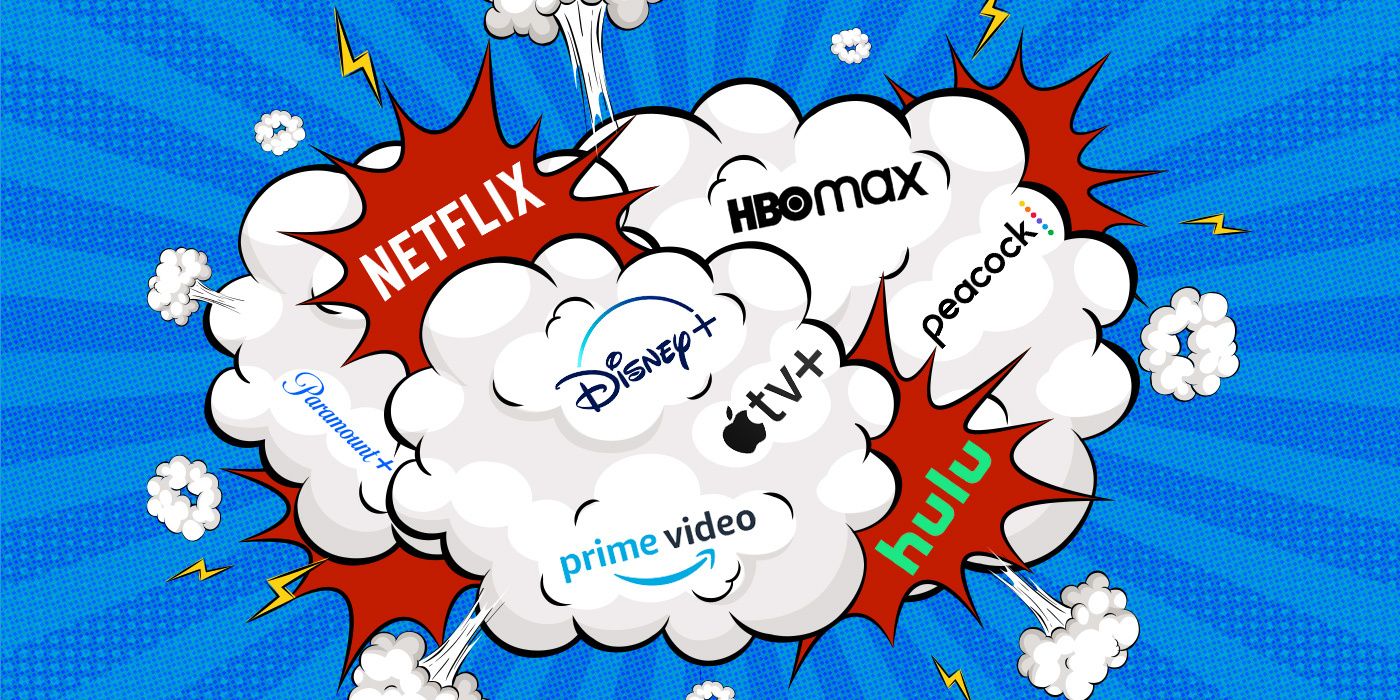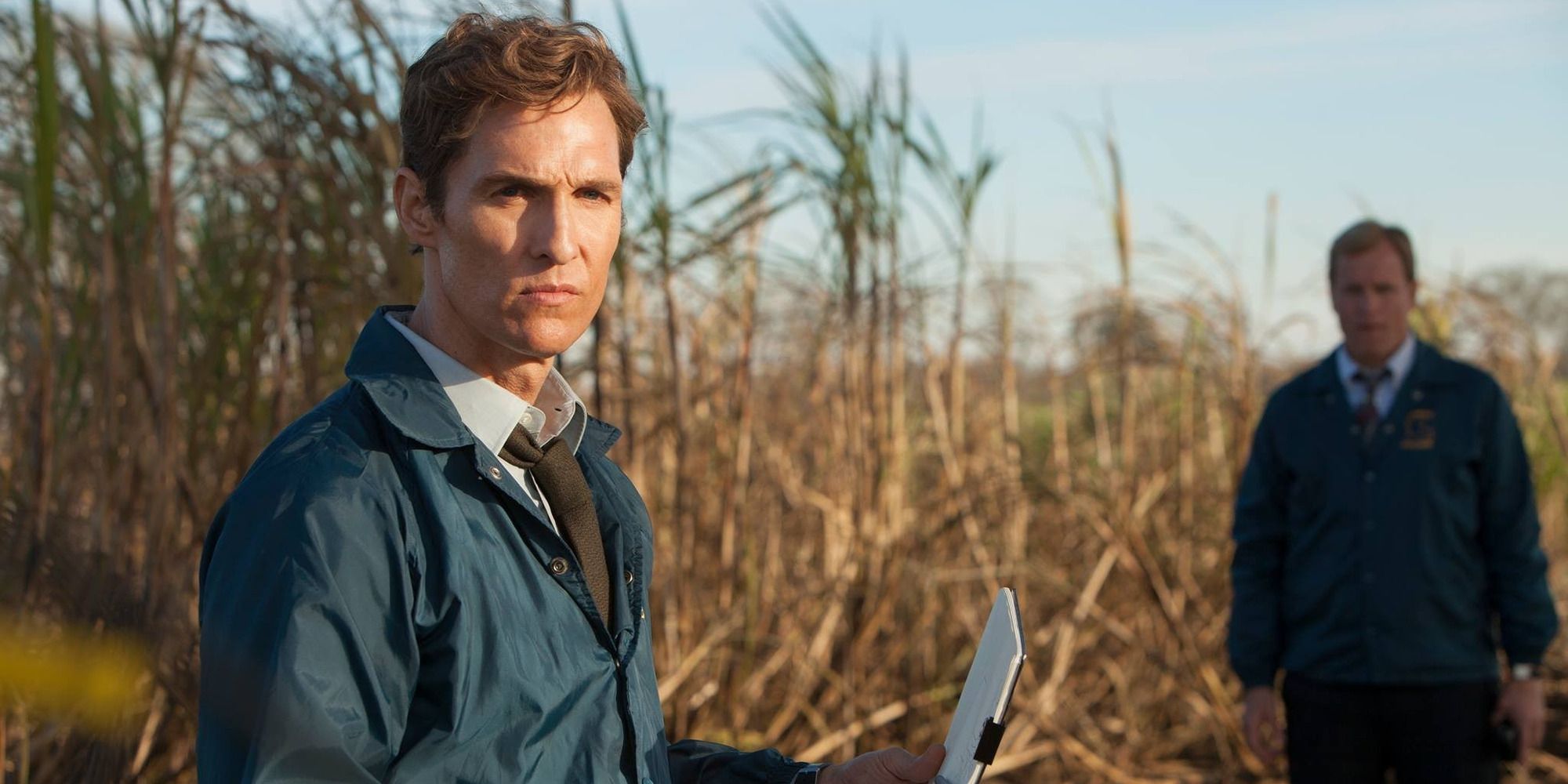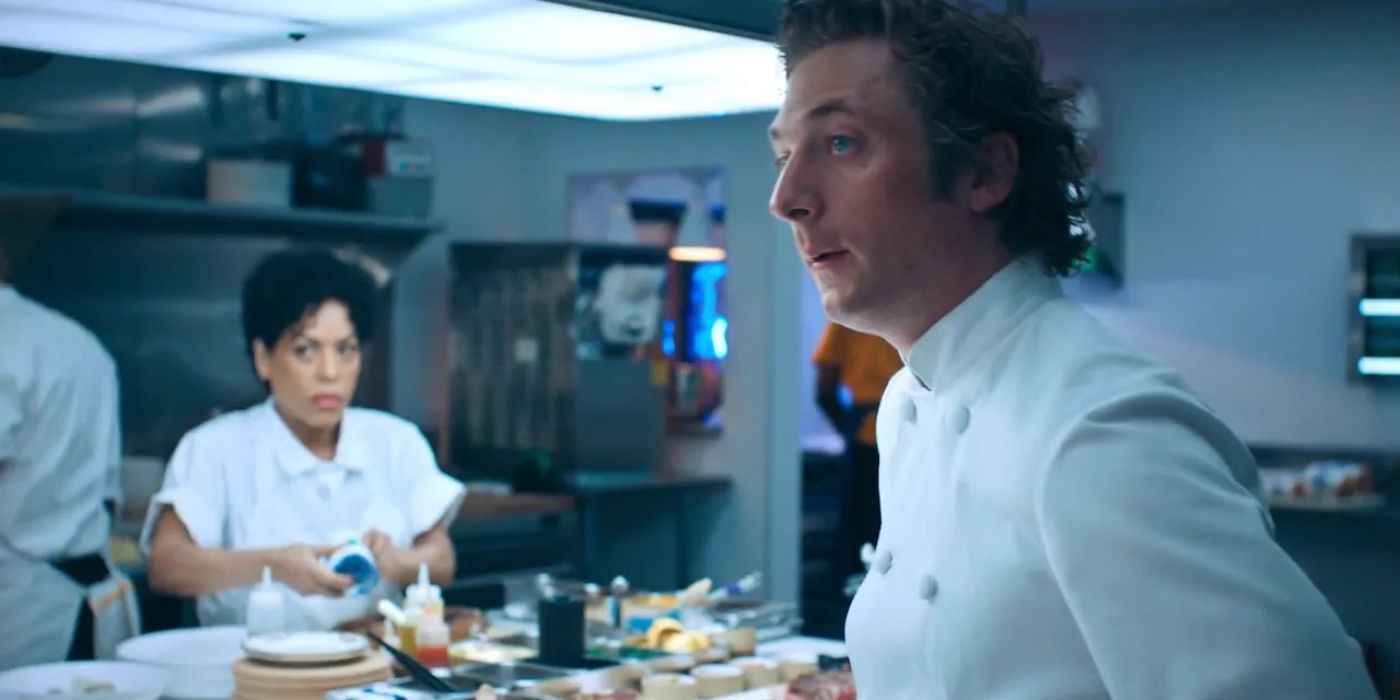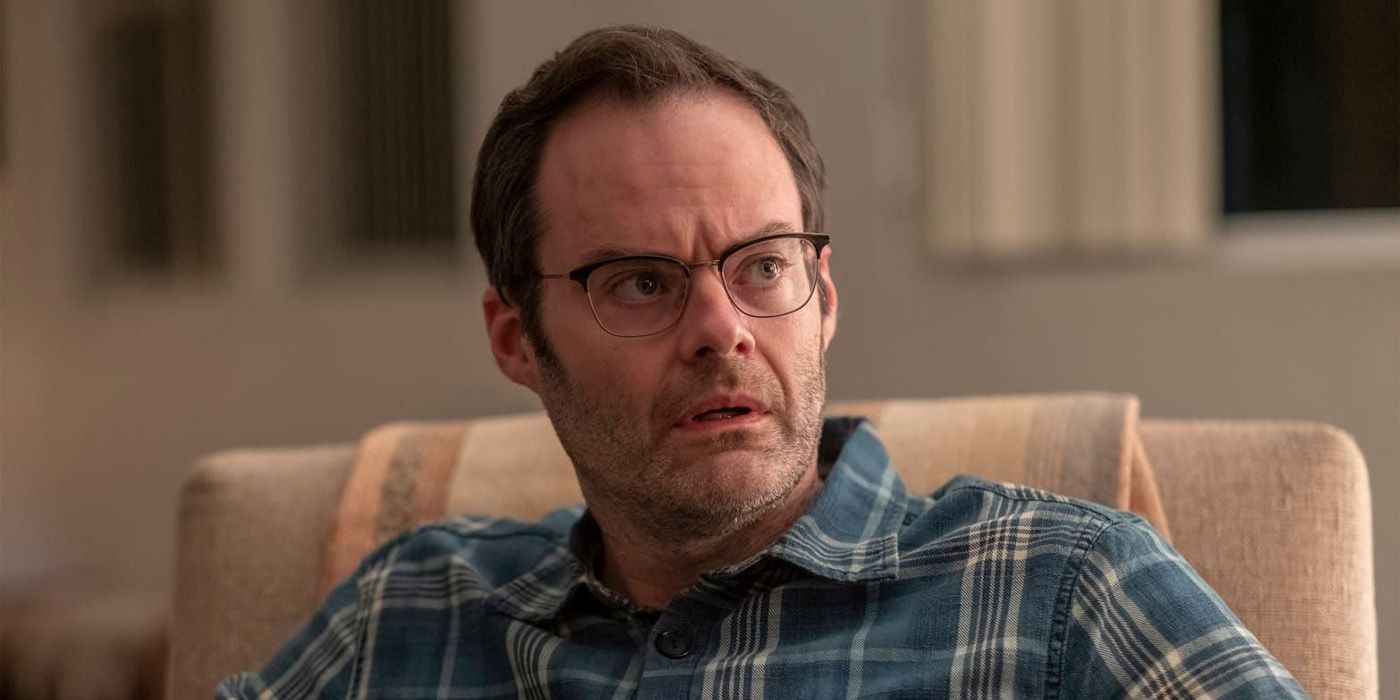The Big Picture
- The era of peak TV, characterized by limited-run shows and excessive spending, is coming to an end as networks and streamers shift towards more mainstream-friendly, long-term programming.
- The peak TV model prioritized short-term gains and quantity over quality, resulting in inflated budgets and a saturated market, making it difficult for individual shows to stand out.
- The collapse of peak TV has led to a pivot towards old ways of doing business, which may have both benefits and drawbacks, including fewer opportunities for diverse representation and fair pay for artists.
For the last decade, we’ve been living in the world of peak TV. Streamers and premium networks were throwing endless dollars at major TV shows hoping to make the next Breaking Bad or Stranger Things. The result was an odd paradox for viewers and TV writers alike; lots of opportunities to experience or create new art, but there was little in the way of long-term commitment from these new shows. Companies were now enamored with the limited-run TV program, which allowed outfits to not have to commit to long-term writer’s rooms or offer up the opportunity for writers to score significant raises if a show went into multiple seasons. It was a nightmare scenario that was one of many problems with the peak TV landscape pressing enough to inspire the writers to go on strike.
In the wake of that strike being resolved, a new TV landscape has already emerged. Most notably, the age of networks being in love with the miniseries appears to be done. Paramount+ is no longer doing limited-run shows in North America, Marvel Studios is shifting its default programming mode from the miniseries to multi-season TV programs, and a recent Hollywood Reporter piece contained a quote from an industry insider claiming that HBO is no longer even taking pitches for potential limited-run shows. That same article indicated that networks are now aiming to make more mainstream-friendly programming that can go on and on, kinda like how TV shows used to operate all the time. Peak TV is now dead, and a new era of the small screen is on the horizon.
Why Did the Peak TV Model Not Prove Sustainable?
The primary focus of the Peak TV model of programming was short-term gains. In the past, television had been oriented on the idea of stories and fictional universes going on forever. Shows would be run into the ground well after they had any creative juices flowing or even the primary cast had left the building (hi Scrubs!) However, a string of popular limited-run shows in the first half of the 2010s like Hatfields & McCoys, American Horror Story, and the inaugural season of True Detective offered up a new window into how to make lots and lots of high-profile TV. The new go-to mold for prestige television was not to make the next Breaking Bad or The Sopranos but rather to make shows that ran for just six or eight episodes. These projects would be able to lure in big-name talent since they wouldn’t come with the obligation to sign on for endless subsequent seasons of appearances. As a slew of streamers began to enter the TV marketplace hungry for big shows that could make them stand out to consumers, this mold of television began to take precedence.
The Peak TV mold emphasized limited-run shows, but also quantity over quality. Netflix, Amazon, Quibi, they were just green-lighting shows left and right. Do you remember the concept for an animated Ryan Reynolds/Samuel L. Jackson comedy called Futha Mucka? In the age of Peak TV, that was one meant to be a staple of Quibi’s animated adult comedy programming slate. Excessiveness also extended to budgets, which ballooned out of control for TV programming. The days of TV being the place for "cheap" storytelling compared to movies were long gone in this particular. Amazon especially was happy to spend obscene amounts of cash on programs like The Lord of the Rings: The Rings of Power while the streamer also dedicated reportedly $300 million to just six episodes of the flop program Citadel. None of the individual episodes of Citadel ran for more than 49 minutes, the entire runtime of the season stretched on for just 255 minutes. That means a single TV show costs well over $1 million a minute to produce, a microcosm of the shameful spending that defined the age of Peak TV.
Unsurprisingly, spending so much money on these TV shows was never going to be sustainable long-term for even the biggest companies while the deluge of original small-screen programming made it tougher than ever for individual programs to stand out in the marketplace. Plus, companies were constantly losing hundreds of millions of dollars to set up new streamers to compete with Netflix. In the past, television companies and conglomerates could offset the costs of producing new TV shows by selling those programs to rival networks or streamers. In the modern world, Disney has worked overtime to keep as much programming only on Disney+, and other companies have opted to follow suit in keeping their wares close to home. This has ensured there’s less revenue coming for new TV shows even as the costs for creating new streaming services stack up and up. Really, there was no way Peak TV was going to last long for companies and it certainly wasn’t going to be a sustainable landscape for the artists in charge of realizing that programming.
Peak TV Was Not a Peak Era for TV Artists
The Bear is one of the most acclaimed streaming programs in recent memory. It’s captured the hearts and minds of countless souls all while ensuring everyone imagines themselves as a top-tier chef shouting “CORNER!” or “ORDER UP!’ in their own kitchens. It’s also, unfortunately, a microcosm of the problems that plagued artists during the Peak TV era of programming. Infamous stories of writers for The Bear who had to go to the library to finish up scripts because they couldn’t afford electricity depict a disgraceful inequality plaguing this industry. Disney, the parent company that owns The Bear, is stuffed full of executives who can afford lavish yachts yet the everyday people responsible for making those people all that money are living paycheck to paycheck.
This turn of events is, unfortunately, a byproduct of how business was conducted in the landscape of Peak TV. Companies opted to make projects that would run for short periods of time, thus ensuring that the season-to-season salary increase for actors and writers that occurred for earlier hit TV shows like The Simpsons, Seinfeld, and Friends wouldn’t be a concern for these entities. There were more TV shows being produced than ever, but there were few projects being produced that could ensure long-term employment. Plus, most of these programs being produced in the age of Peak TV were being sent to streaming, where these shows couldn’t produce residual checks for actors and writers. Law & Order reruns on traditional cable networks, for instance, can provide small bursts of steady income for artists for years to come. If people were revisiting the show on streaming networks, though, that income would be drastically reduced, if it even existed at all.
The age of Peak TV ensured that entities like Netflix, Apple TV+, and Disney+ had lots of star-studded limited-run programming to attract subscribers. However, it also normalized business practices that left vulnerable artists out in the cold. Plus, for consumers, it made it harder than ever for individual shows to stand out in the marketplace. When there’s so much stuff to watch, it’s impossible for things to stand out. Recent high-quality programs like Everything Now had no chance of sticking out in the pop culture landscape simply because they were being unleashed in a world of television storytelling overloaded with options. Even with more new stuff being produced than ever, TV viewers have amusingly opted to watch reruns of Suits or Friends on streaming services. Just throwing a lot of money at something like Citadel isn’t enough to make it a hit in this overcrowded TV landscape.
The demise of Peak TV can even be felt in the recent slew of high-profile TV shows that have suddenly gone belly-up critically. Marvel’s Secret Invasion, for instance, drew some of the worst reviews ever for a Marvel Cinematic Universe property and indicated that the Marvel Studios miniseries method of TV programming was officially dead. HBO’s The Idol, meanwhile, failed to make the Euphoria lightning strike twice and merely briefly inspired some memes based around its atrocious writing before it vanished into the ether. Citadel was a major viewership disappointment. These were all the kinds of programs emblematic of the costly and star-driven approaches of Peak TV programming. All of them, as well as countless other 2023 TV shows, have disappointed so gravely that they’ve demonstrated the problems with committing to the Peak TV model.
Where Does TV Go From Here?
Amusingly, networks and streamers have responded to the collapse of Peak TV by pivoting to old ways of business. Even Netflix has embraced commercials while streamers are reportedly seeking out programming more in line with classic network procedurals than Nicolas Winding Refn’s 2019 Amazon miniseries Too Old to Die Young. We’re going backward in the world of TV, which is going to have its benefits (TV shows won’t be just confined to six- or eight-episode seasons!) and severe drawbacks (fewer opportunities for LGBTQIA+, disabled, non-white protagonists to headline TV programs). Let’s hope that these companies pursue this kind of future with consideration for diverse perspectives and fair pay to their artists. The latter element seems especially dubious right now after the discouraging development of the AMPTP walking away from negotiations with the Screen Actors Guild. The post-Peak TV era is already off to a rough start.
In her examination of the rise and fall of the Brony fandom, Jenny Nicholson remarked that retrospective attitudes of the age of bronies would likely follow the same pattern as all other recollections of yesteryear pop culture: “we only remember the good stuff and don’t examine it critically.” Inevitably, Peak TV in ten or so years will likely just be remembered as the era that gives us Squid Game and Stranger Things, some New York Times columnist will pen an essay pining for this age of pop culture. Make no mistake: though plenty of great shows emerged from this epoch of television history, Peak TV was no bed of roses. The bloom has been off the rose of this style of small-screen programming for a good long while, the problems with the long-default approach to television storytelling problematic for ages now.
If there’s anything we as the public need to be conscious of as we enter a new age of television, it’s that we always need to prioritize the needs of working-class artists over TV shows we like. The union-consciousness of this year’s zeitgeist cannot just vanish once 2023 turns into 2024, it must be resolute and never-ending. Meanwhile, there also needs to be more of an outcry against monopolistic business practices, which has allowed for key cornerstones of the Peak TV landscape, like Disney owning multiple streamers. When so few companies own so much of the media landscape, it’s even easier for terrible business practices to become normalized.
As for what television will look like in the years to come, it’s hard to say. Streamers are likely going to be pinching pennies hard in the near future, which will almost certainly hinder the creation of projects as challenging or acclaimed as Barry, Pachinko, or I May Destroy You. Still, there’s always something good on the television, you just have to look around for it. It’s always seemed like the future of television could never produce more classics after a particularly momentous event (such as the ending of The Sopranos). Then, some new small-screen program emerges from the bushes and reminds everyone why they like episodic storytelling to begin with. Here’s hoping the structure of the post-Peak TV landscape allows artists to create such a distinctive and vitally necessary program.




